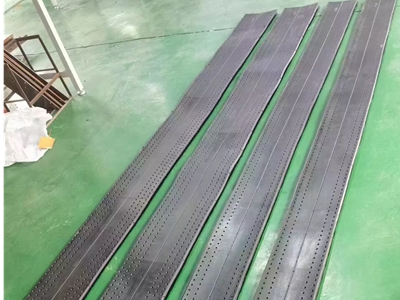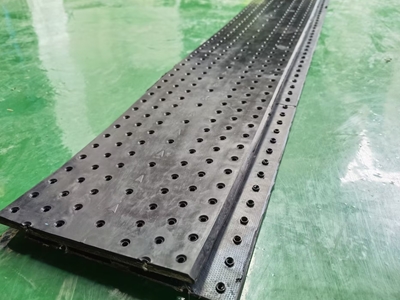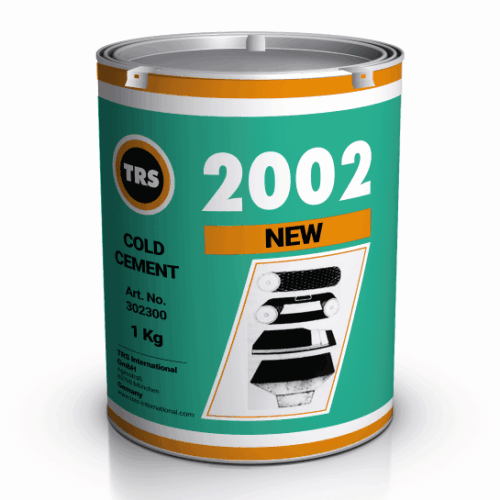There are three types of conveyor belt splice: mechanical splice with belt fasteners, hot vulcanization, and cold vulcanization. With the development of technology, belt fasteners that are prone to damage to conveyor belts are gradually being phased out, and the main splicing methods currently used are hot vulcanization and cold vulcanization.
When choosing between hot splicing and cold vulcanization for belt splice, it depends on the material and load requirements of the conveyor belt.
Common conveyor belts include nylon belts, canvas belts, fabric belts, etc. The tensile strength is low, and cold vulcanization adhesive or common hot vulcanization adhesive can be used during splicing.
- Cold Vulcanizing
The method of vulcanizing is to bond the base layer and roll layer, roll layer and roll layer using cold vulcanizing cement at room temperature.
The technology of the cold vulcanizing method is difficult to control and is greatly affected by rain, snow, environmental temperature, and humidity. Its durability is lower than that of hot vulcanization too. The splice strength is 70%-80%, lower than the hot vulcanization type.
- Hot Vulcanization
Bond the conveyor belt layer with a layer with uncured cover&skim rubber, and the splicing is achieved by vulcanizer heating and pressing.
The splice strength can reach up to 80%-90% of the original conveyor belt, which is currently a more ideal way. It can make the conveyor belt splice completely sealed, not affected by moisture, has a long service life, and the belt runs stably.
- Mechanical Splice
The splice strength is 55%-65%, generally applicable to small belt conveyor equipment, and has the characteristics of economical and convenient operation and fast replacement speed.



